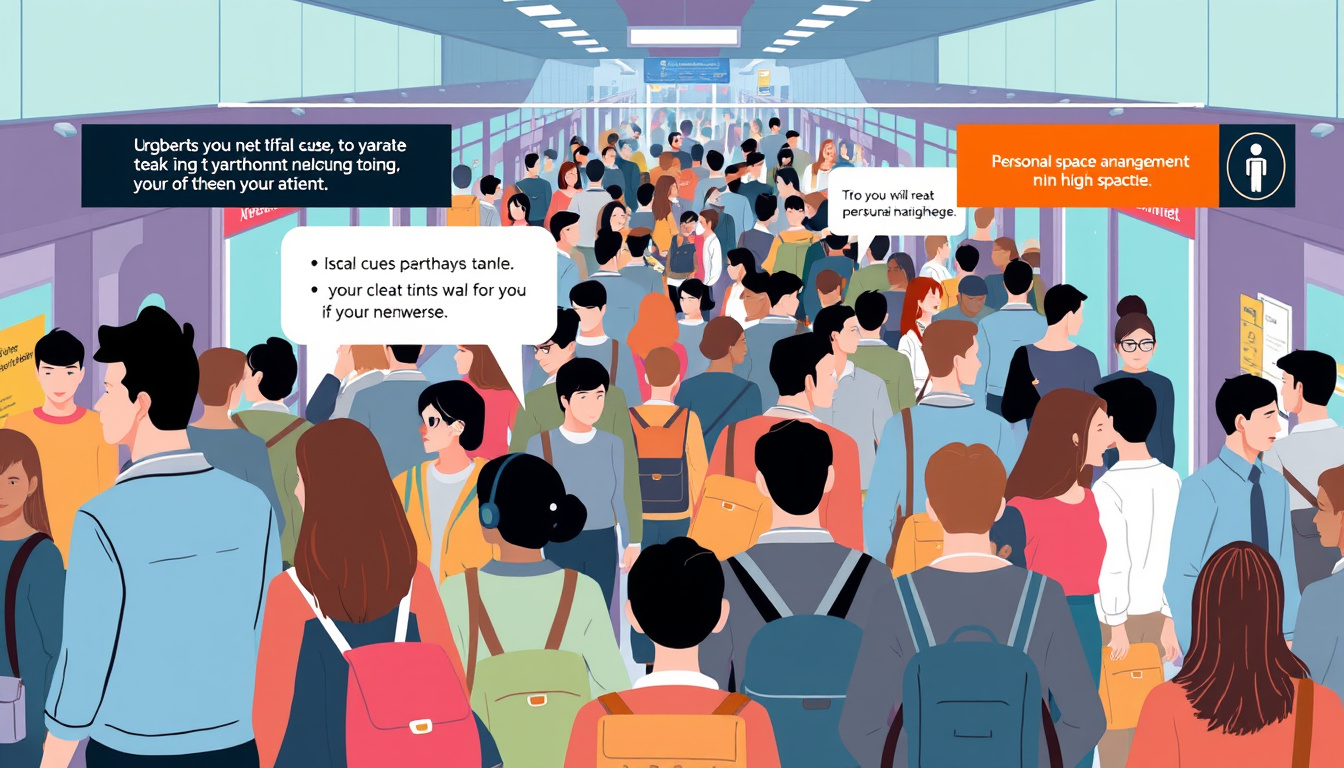High user density areas, such as sports stadiums, airports, conference centers, and urban downtowns, present unique challenges for network administrators. The need for robust connectivity rises significantly when hundreds or even thousands of users attempt to access wireless networks simultaneously. This article explores key strategies for effectively managing high-density environments, ensuring seamless connectivity and an optimum user experience.

Understanding High-Density Areas
High-density areas are characterized by a large number of devices attempting to connect to a limited number of access points (APs). The primary concern in these environments is ensuring that network performance and user experience remain optimal despite the influx of devices. Whether it’s fans streaming games in a stadium or travelers accessing mobile boarding passes at an airport, the demand for reliable connections has never been higher.
Key Considerations
-
Wireless Deployment Models
Depending on the unique requirements of the space, IT administrators can choose between coverage-based and capacity-based models. Coverage models might be suitable for larger areas with fewer user connections spread out across the space, while capacity models are better for confined areas where a higher number of users are concentrated. -
Access Point Placement
Strategically placing access points can significantly affect how well users are served. In high-density scenarios, it’s essential to minimize the number of users per AP to avoid bottlenecks. Recommendations often suggest a maximum of 25 to 50 clients per access point to optimize performance. -
Throughput Needs
Administrators need to understand the expected applications and their corresponding bandwidth requirements. For instance, video conferencing requires higher throughput than standard web browsing. Understanding these needs helps in calculating how much bandwidth is necessary to support simultaneous users effectively. -
Client Distribution
A method known as client balancing can help distribute users across multiple APs, reducing congestion. This method ensures that no single AP becomes overloaded, which can occur quickly in high-density environments. -
Network Monitoring Tools
Implementing wireless network monitoring solutions enables administrators to actively assess network performance. These tools can provide real-time analytics on access point performance, user distribution, and congestion, facilitating proactive troubleshooting and adjustments.
Best Practices for High-Density Networks
-
Use Dual-Band Access Points
By utilizing both 2.4 GHz and 5 GHz bands, network administrators can effectively manage throughput, allowing for a better distribution of client connections. Dual-band access points are crucial in high-density areas as they assist in mitigating interference and improving overall network performance. -
Increase Bandwidth
Once the bandwidth needs are identified, organizations should increase their internet bandwidth accordingly. This proactive measure ensures that the network can handle peak usage times without degrading performance. -
Optimize Channel Usage
In high-density environments, the risk of co-channel interference increases. Using the 5 GHz band, which offers more non-overlapping channels, can significantly reduce this issue. Moreover, techniques like channel bonding may enhance capacity but should be applied judiciously to avoid congestion. -
Regular Site Surveys
Conducting regular site surveys before and after setting up networks helps identify coverage gaps and areas with excessive interference. Testing with actual devices and traffic patterns provides insight into where adjustments are necessary. -
Implement Quality of Service (QoS) Protocols
Configuring QoS settings prioritizes critical applications and ensures the network can respond effectively during peak loads. By managing available bandwidth, QoS can help maintain service quality across essential applications, particularly during high user demand. -
Design for Mobility
High-density areas often involve users moving around, which necessitates a network design that supports seamless mobility between access points. Ensuring adequate overlap between AP coverage areas and employing rapid roaming protocols can help maintain connectivity.
Conclusion
Effectively addressing high user density areas requires a strategic approach that combines careful planning, deployment of appropriate technology, and ongoing monitoring. By understanding the unique challenges these environments present, administrators can create robust networks that enhance user experience, ensuring that essential connectivity is consistently delivered even amidst growing demand. As technology continues to evolve, so too must the strategies we employ to keep users connected in crowded spaces.



